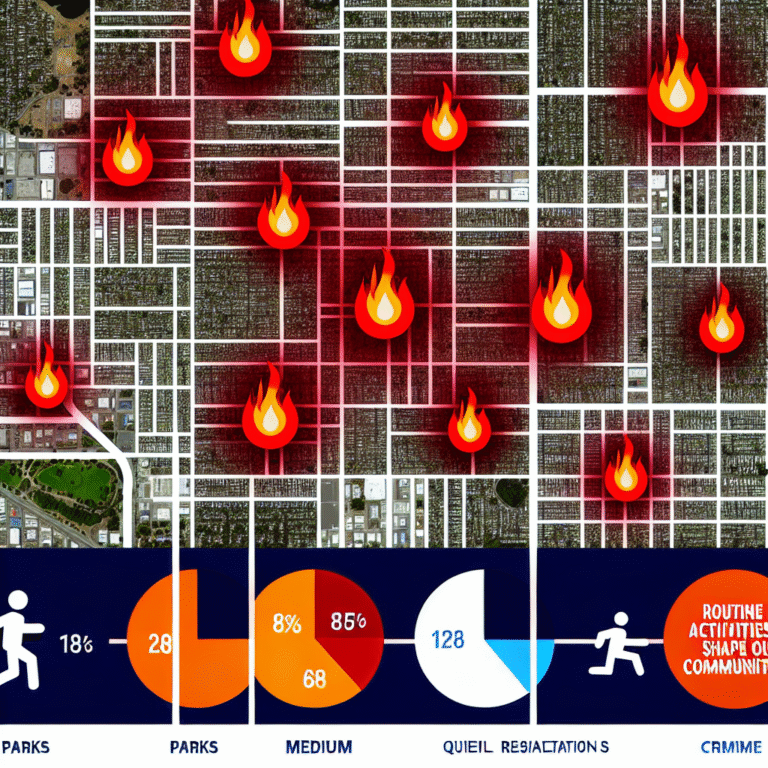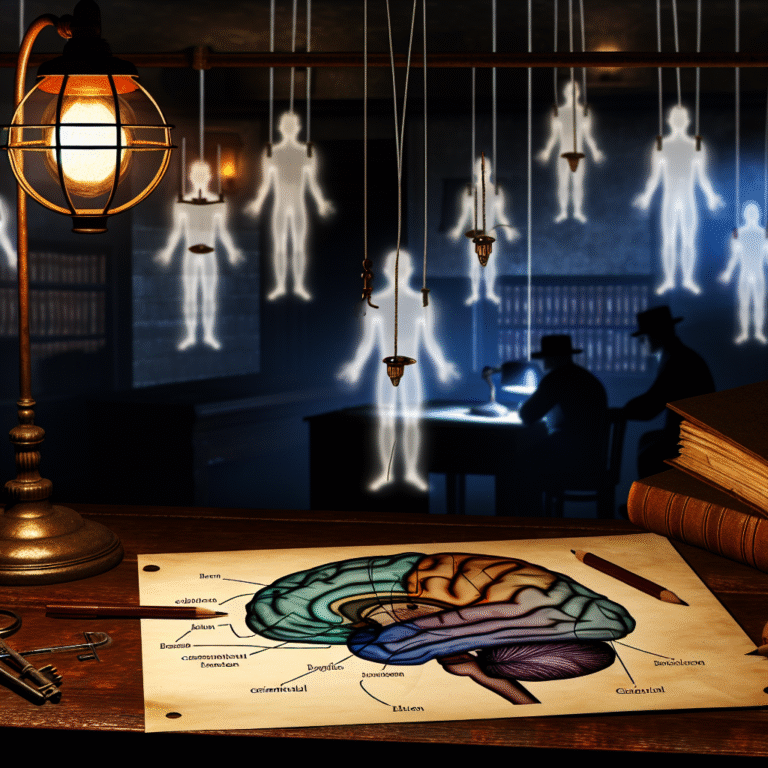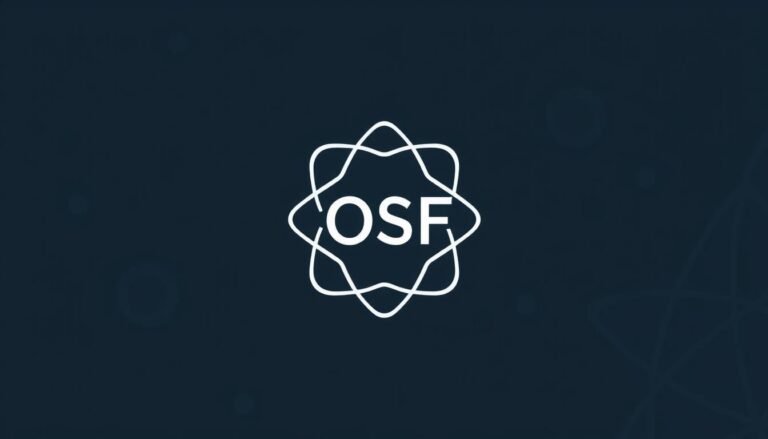
Introduction
In today’s fast-paced, interconnected work environment, effective communication is no longer just a nice-to-have; it’s essential for success. Imagine being part of a team with diverse backgrounds, experiences, and work styles—how do you ensure everyone is on the same page? Herein lies the power of behavioral analysis. By understanding the nuances of how individuals communicate and interact, teams can bridge the gap that often hinders productivity and fosters misunderstandings. In this article, we’ll delve into Bridging the Gap: How Behavioral Analysis Enhances Communication in Teams, offering insights, case studies, and practical strategies that can transform team dynamics.
Understanding Behavioral Analysis
Behavioral analysis is the systematic study of how people behave and interact. It applies psychological principles to understand individuals’ actions, motivations, and communication styles. Teams that leverage behavioral analysis are armed with tools to decode not just what is being said, but how messages are being delivered and received.
Key Components of Behavioral Analysis
- Verbal Communication: The actual words chosen by team members.
- Nonverbal Cues: Body language, eye contact, and gestures that convey emotions.
- Contextual Factors: The environment and circumstances that influence interactions.
Why Behavioral Analysis Matters
Understanding these components is critical. Cognitive biases, emotional responses, and social dynamics all play into how team members interpret each other. By leveraging behavioral analysis, teams can tailor their communication strategies to avoid misunderstandings and foster a culture of openness and collaboration.
Case Study: Google’s Project Aristotle
Google embarked on an ambitious project called Aristotle, aimed at exploring the factors that contribute to high-performing teams. They discovered that psychological safety—feeling safe to take risks—was the cornerstone of effective team performance. By applying behavioral analysis, Google encouraged team members to understand each other’s communication styles. Employees learned to identify when a colleague was uncomfortable or disengaged and adjust their communication accordingly.
Key Insight: The results showed that teams with strong behavioral awareness were 50% more likely to report high performance. This case exemplifies Bridging the Gap: How Behavioral Analysis Enhances Communication in Teams—by observing behavioral patterns, Google fostered an environment that promoted better communication and collaboration.
Implementing Behavioral Analysis in Teams
To truly leverage the power of behavioral analysis, teams need practical strategies. Here are some actionable steps:
1. Conduct Behavioral Assessments
Using tools like DISC or Myers-Briggs, teams can gain insights into each member’s behavioral styles. These assessments can reveal whether someone is more task-oriented or people-oriented, guiding how team members communicate.
2. Create a Common Language
Establishing a shared vocabulary around communication styles can minimize misunderstandings. For example, if a team member often uses data to support their ideas, knowing this can help others tailor their responses, thus enhancing discussions.
3. Regular Feedback Loops
Encourage open and honest feedback. This aligns with behavioral analysis because understanding how feedback is received and interpreted varies from person to person. Consider implementing regular check-ins that allow team members to express their communication needs.
4. Emphasize Empathy Training
Train team members to practice empathy, which is key in interpreting both verbal and non-verbal cues. Workshops can focus on recognizing emotions through body language, creating a more supportive and understanding environment.
The Role of Emotional Intelligence (EI)
Emotional Intelligence (EI) is closely linked to behavioral analysis and is crucial for effective team communication. Teams with high EI are adept at recognizing their own emotions and those of others, enabling them to navigate complex interpersonal dynamics.
How EI Enhances Communication
- Self-Awareness: Understanding one’s own communication style can mitigate potential misunderstandings.
- Self-Regulation: Being able to control emotional responses improves interpersonal interactions.
- Social Skills: High social skills can facilitate smoother interactions and collaborations.
Case Study: The Tuckman Model
The Tuckman Model identifies the stages of team development: Forming, Storming, Norming, and Performing. Understanding these stages through behavioral analysis allows teams to communicate effectively at each phase, adapting styles as needed.
Analysis: Teams that apply the Tuckman Model along with behavioral insights report more successful transitions between stages, avoiding breakdowns in communication and fostering smoother collaborations.
Overcoming Communication Barriers
In any team, barriers will inevitably arise. Here’s how to identify and overcome them using behavioral analysis:
1. Identifying Common Barriers
- Cultural Differences: Different backgrounds can lead to varied interpretations of communication.
- Generational Gaps: Different age groups may have distinct communication styles and preferences.
2. Strategies for Bridging These Gaps
- Cultural Awareness Training: Classes that promote understanding can reduce miscommunication significantly.
- Mentorship Programs: Pairing younger team members with more seasoned professionals can ease communication frictions, leveraging behavioral analysis to guide interactions.
Measuring the Impact of Behavioral Analysis
Teams need metrics to track the effectiveness of behavioral strategies. Here are some ways to measure success:
1. Surveys and Feedback Forms
Regular anonymous surveys can gauge team satisfaction and identify areas for improvement in communication.
2. Performance Metrics
Analyze team performance before and after implementing behavioral analysis practices. Key performance indicators (KPIs) could include project completion rates, quality of work, and employee engagement.
3. Communication Audits
Conducting formal communication audits can highlight communication gaps and areas for improvement.
Example Table:
| Metric | Before Behavioral Analysis | After Behavioral Analysis |
|---|---|---|
| Employee Satisfaction Rate | 65% | 85% |
| Project Completion Timeliness | 70% | 90% |
| Conflict Resolution Time | 3 weeks | 1 week |
Conclusion
In an era where teamwork is foundational to organizational success, Bridging the Gap: How Behavioral Analysis Enhances Communication in Teams is not merely theoretical; it’s a necessity. By understanding behavioral patterns, emotional intelligence, and adopting actionable strategies, teams can cultivate an environment of open communication, collaboration, and mutual respect.
As you move forward, remember: awareness is the first step. By investing in behavioral analysis, you’re not just improving communication—you are enhancing team dynamics, promoting engagement, and ultimately driving your organization toward success. Equip your teams with these insights, and watch as they flourish.
FAQs
1. What is behavioral analysis?
Behavioral analysis is the study of how people interact and communicate. It focuses on understanding verbal, nonverbal, and contextual factors that influence communication.
2. How can I implement behavioral analysis in my team?
Start with behavioral assessments, create a common language, establish regular feedback loops, and emphasize empathy training.
3. What tools can help in behavioral analysis?
Common assessment tools include DISC, Myers-Briggs, and various emotional intelligence metrics.
4. How does emotional intelligence relate to communication?
Emotional intelligence helps individuals understand and manage their own emotions, as well as recognize emotions in others, facilitating more effective communication.
5. Can behavioral analysis improve team performance?
Yes, teams that employ behavioral analysis often experience increased satisfaction, reduced misunderstandings, and improved performance metrics.
Through thoughtful application and dedication, Bridging the Gap: How Behavioral Analysis Enhances Communication in Teams can transform team dynamics, ultimately fostering a healthier, more robust workplace culture. Invest in behavioral insights today, and reap the benefits for years to come.















